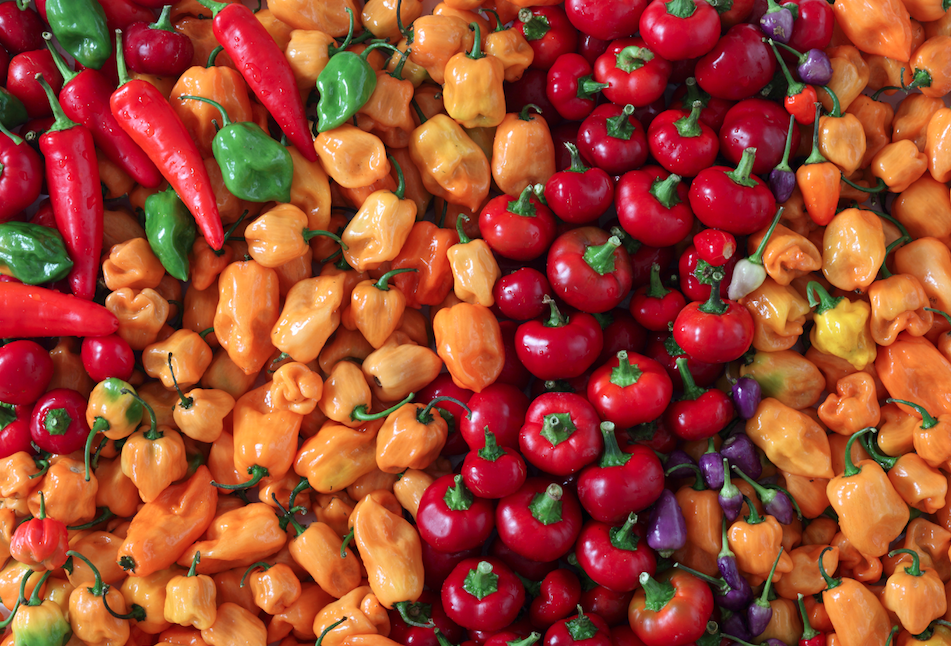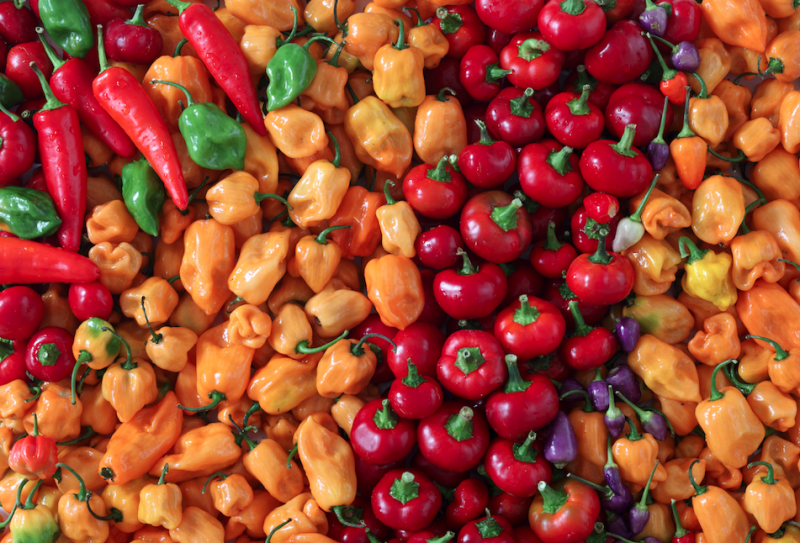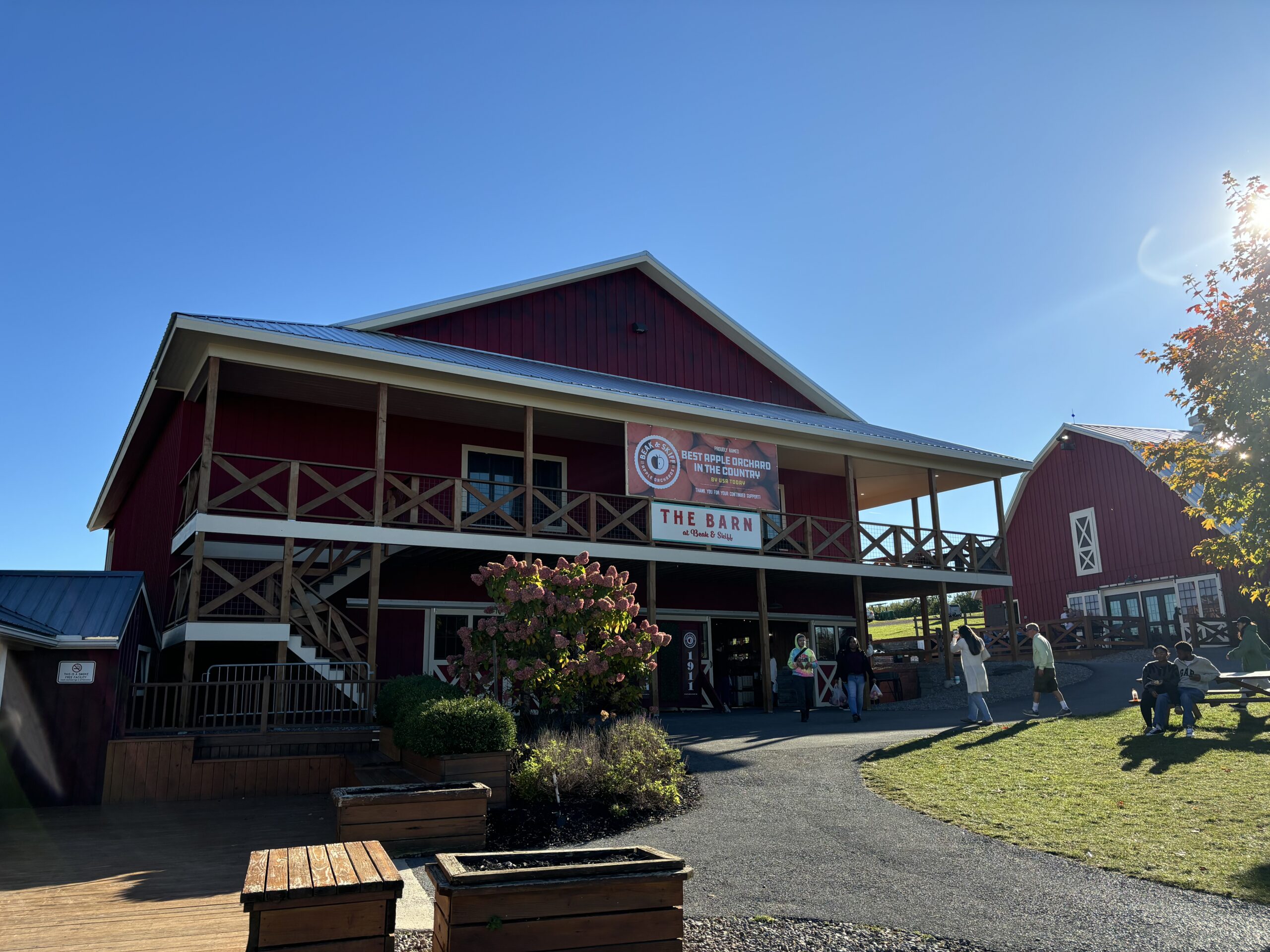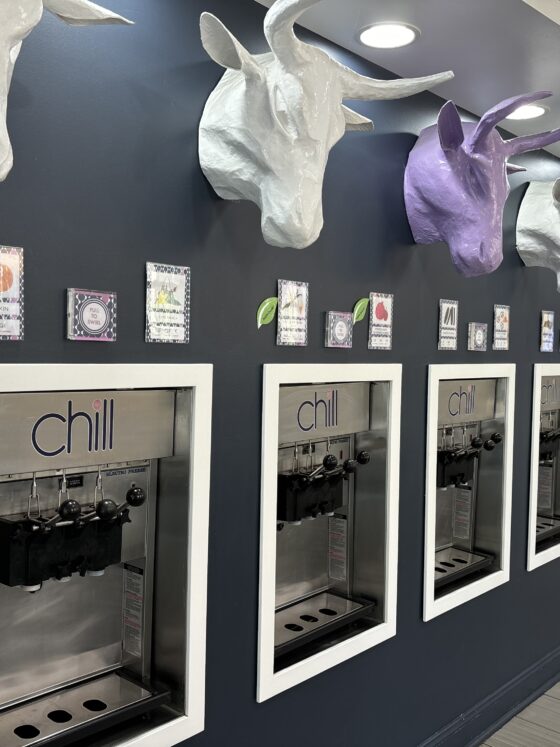How do we all love summer, let us count the ways. Warmer weather, more outdoors activities, and all of the wonderful local produce! Farmers markets, Co-ops and Community Supported Agriculture (CSA) start up regularly again and it doesn’t take much to find delicious, in-season produce.
Eating locally grown produce has many benefits, to the consumer, the grower and the planet. Consumers benefit in a few ways. CSAs normally have some element of surprise in the weekly deliveries. This is especially helpful to those looking for new foods to try.
An additional benefit with CSAs is that the consumer pays upfront for the produce, which can appear to be costly. However, the amount of fresh, diverse produce in the boxes each week can be so voluminous it is a reasonable fee. Transportation and storage costs are lower creating a savings for the farmers in turn benefits the consumer. Eating locally grown food is not always the least expensive option available. But while supply is high, costs are lower than other times of the year for that particular fruit or vegetable.
Knowing exactly where the foods are grown and by whom, consumers can easily speak to the growers if they have any questions. A grower’s passion and enthusiasm for a specific produce season is an opportunity to learn about new foods.
Eating local also supports crop diversity, which benefits the health of the soil as well as the health of the food supply. A trip to any farmers market and/or co-op will reveal a variety of produce and even variations within the same species. Be sure to read your local market’s health guidelines like wearing a mask and gloves or pre paying for produce. Biodiversity is vital to our food supply for a couple of reasons. One is to prevent an occurrence of disease wiping out entire harvests as seen before in the Irish Potato Famine. With variations of species come protective traits such as pest and drought resistance and the ability to thrive in certain growing conditions including soil pH and temperature. Second, growing the same crops year after year contributes to depletion of nutrients in the soil.
As a Registered Dietitian, I tell my clients that they should “eat the rainbow” by the end of the week. Eat produce of all colors so your nutritional intake is optimized. Each pigment has a set of nutrients. For example, blue and purple plant foods contain anthocyanins, which are beneficial phytochemicals. Green produce contains chlorophyll and phytochemicals and vitamin and mineral collection. Anthoxanthins are found in white produce. Flavonoids are powerful antioxidants found in many different colored foods, but they have no color at all. Challenge yourself to eat at least three different colors daily.
For seasonal meal ideas try the following. Grill fresh, organic peaches or melon slices for a healthful carbohydrate source at a bbq.

Roast or grill purple or green peppers, fennel wedges, asparagus, zucchini, eggplant and beets and cauliflower steaks.

For a refreshing salad, mix heirloom tomatoes and chunks of watermelon topped with olive oil and balsamic vinegar.

Bio: Jennifer Weis, RD, LDN is the Owner/Registered Dietitian at Jennifer Weis Nutrition Consulting, LLC in Philadelphia, PA. Formerly a clinical RD in a hospital setting, she helps clients reach nutrition goals employing Medical Nutrition Therapy. In her spare time, Jennifer enjoys cooking, biking, yoga and attending the many events around town with her family and friends.









